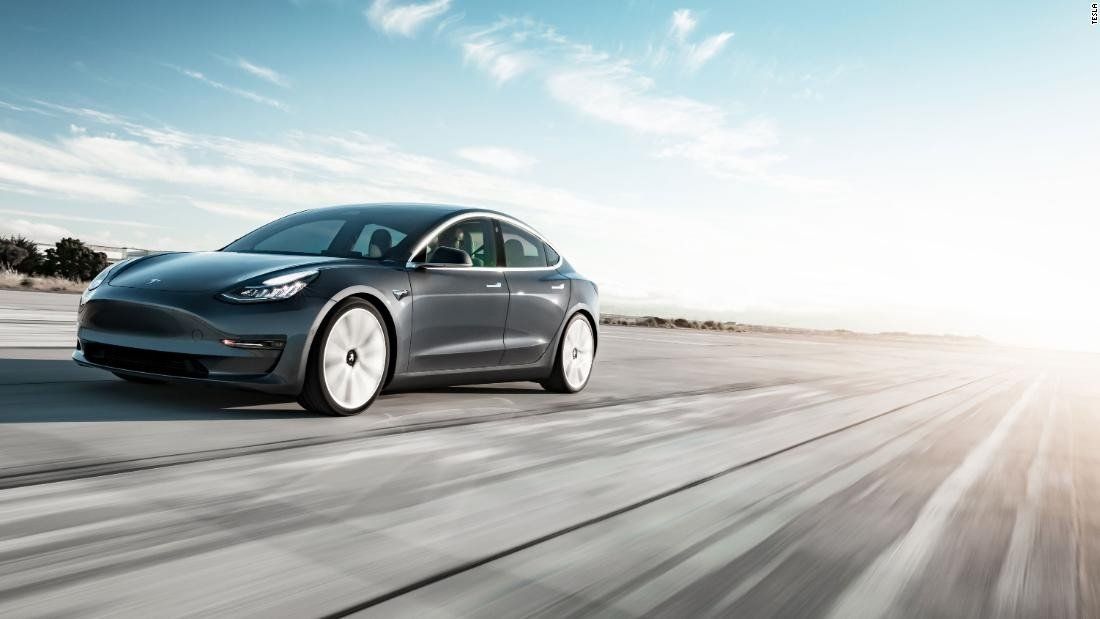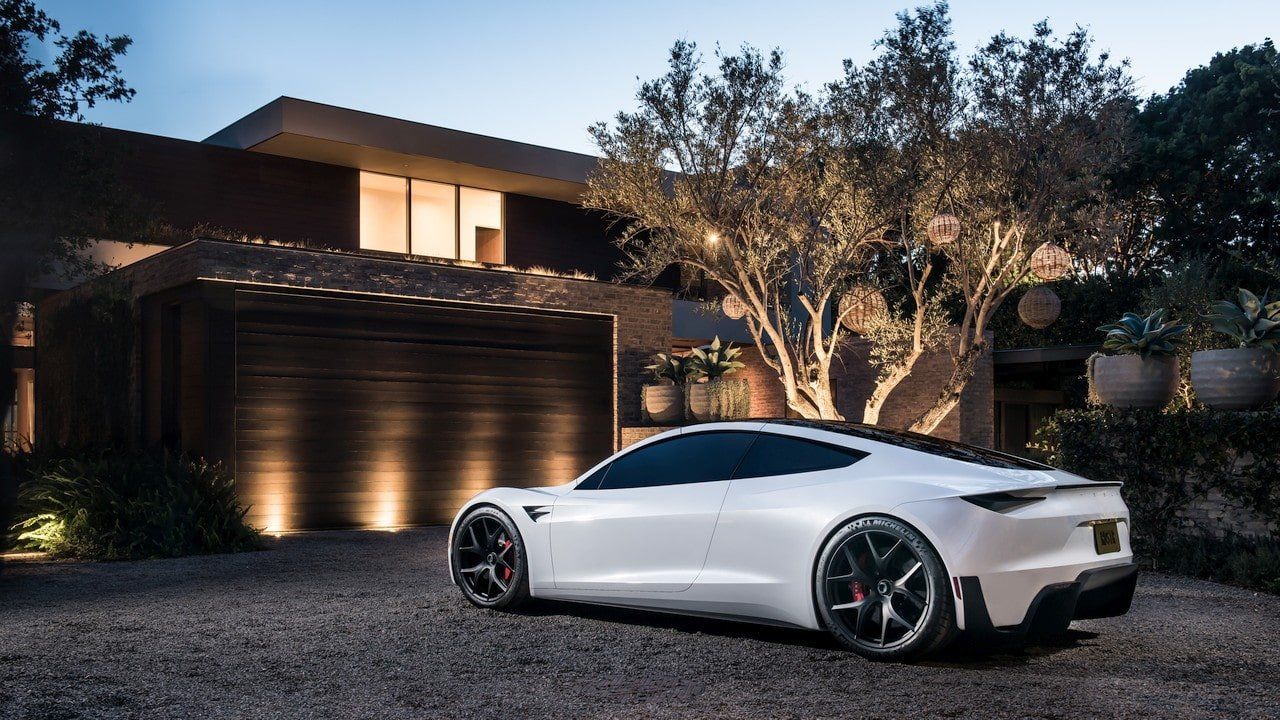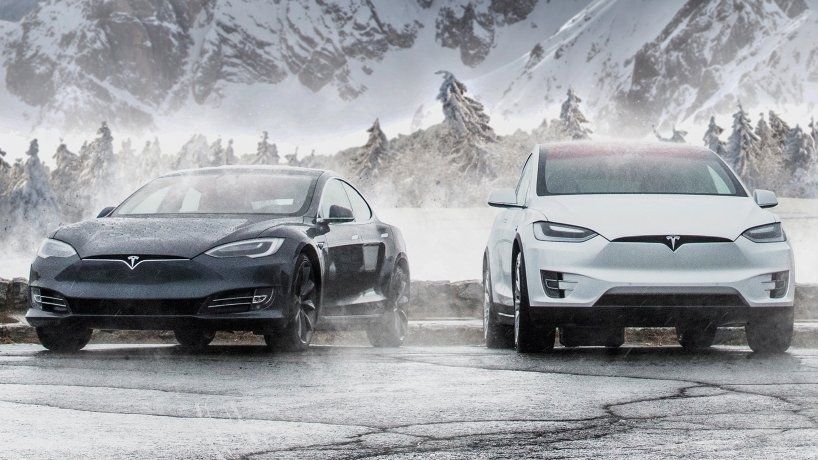Zero Emissions has also been used by Tesla as an advertising slogan. There is a lot of media coverage about the pollution of the environment by battery production. Opinions on what is really true and what is just fake news from the opponents of electric cars are very far apart. Of course, the topic is also very complicated and there are many aspects to consider. Finally, however, there are also different players in the market who pursue different interests in communicating information.
Shop for more Tesla Accessories here!
The manufacturing
A Tesla with zero emissions is true while driving. But what about the manufacturing?
Energy is understandably required for the manufacture of any engine or vehicle. For Tesla, the energy-hungry process is repeatedly referred to, mainly relates the production of the battery. I wonder who can really calculate this so exactly and per vehicle (probably not even Tesla himself). In the end, the analysts of these “studies” probably do not know in many cases the origin, the energy used to produce the battery, nor the amount of energy actually used per “unit” built. Much here are only assumptions, extrapolation and average (in the calculation for combustion engines, as well as for electric vehicles). One compares apples with oranges.
Another aspect is rare materials such as cobalt. Yes, cobalt is needed in batteries. But on the one hand, manufacturers are very interested in reducing the amount of cobalt they use and on the other hand, not every cobalt shipment comes from a country where it was mined by methods unworthy of humans. Tesla is now at about 2% cobalt content. The industry average is 8%. So, the trend is clearly downward and probably soon a manufacturer will develop a battery completely without cobalt. Cobalt is also used in other non-electric products in the automotive industry. For example, in hardened steels in the combustion engine (crankshaft, camshaft etc.) and is used in the refinery to desulfurize the gasoline so that it does not stink of rotten eggs. Here the media is simply exaggerating and don’t telling the whole story.
Finally, the pollutants and emissions generated during the production of the batteries are also mentioned. But for this, one only has to bear in mind that internal combustion vehicles and engines cannot be manufactured without emissions either. Only one fact is and remains: a Tesla (and all other electric vehicles) produces neither CO2 emissions nor harmful nitrogen oxides locally on site during operation. So, why should you voluntarily poison yourself?
Tesla with zero emissions, but only while driving…
Of course, it makes a difference how the electricity that powers an electric car is produced. Ideally, of course, it should be electricity from renewable energy sources that has also been produced with as few greenhouse gas emissions as possible, such as CO2. That is easy to read, but of course this topic is also very complex. For example, the solar panel was produced, transported, etc. with any kind of electricity (maybe coal electricity?). And yes, the generated energy is somehow transported from A to B (and that brings losses). But the fact is: The crude oil is also not produced, refined and transported to the gas station without energy input and emissions. But there is one essential difference: oil once burned is irretrievably lost (unless you want to wait a few million years).
If you really take a close look at the issue, you will realize that burning a limited fossil resource with simultaneous emission of harmful substances into our atmosphere simply makes no sense. In addition, in terms of energy efficiency, a combustion engine can no longer be called a modern technology these days. The following graphic shows the efficiency of the different possibilities to charge or refuel a vehicle with the energy needed for a drive of 100 kilometers.
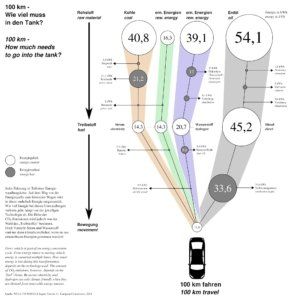
In this example you can see very well that the fuel cell (hydrogen in violet color) is also a very inefficient way to power a vehicle. The following diagram clearly shows the difference between a fuel cell and a pure electric car:
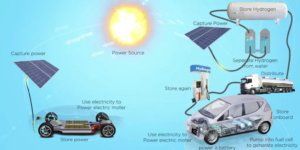
As I said, the topic is very complex and I don’t want to go into detail here because there is already a lot of information on the Internet. Even Volkswagen is now clarifying the popular fake news against electric cars.
Does the subject of battery recycling bother you? Again and again one reads about the fact that batteries of electric cars cannot be recycled. That is simply wrong. A company has developed a process that can recycle 96% of the raw materials from a battery. Compared to the fuel that is burned and the lost platinum and palladium from the catalytic converter (about half of which goes into the environment), battery recycling also helps to protect the environment massively. See this video.
Conclusion
Yes, a Tesla without emissions while driving is a great thing. But after all, the cleanest car is the vehicle that is never built. But the bottom line is that the electric car is vastly superior to the internal combustion engine in terms of ecology. Anyone who really takes a closer look at the subject and does not only believe the headlines in the daily newspapers will come to this conclusion time and again. Make up your mind.
Thank you very much!
You’re new to Tesla? Then you will find here a short overview of Tesla vehicles.
The Tesla Data Logger
Collect statistics about your trips, power consumption, battery degradation and much more.
Register here to test TeslaFi for four weeks instead of two weeks for free.*

